This article was co-authored by Luba Lee, FNP-BC, MS and by wikiHow staff writer, Jennifer Mueller, JD. Luba Lee, FNP-BC is a Board-Certified Family Nurse Practitioner (FNP) and educator in Tennessee with over a decade of clinical experience. Luba has certifications in Pediatric Advanced Life Support (PALS), Emergency Medicine, Advanced Cardiac Life Support (ACLS), Team Building, and Critical Care Nursing. She received her Master of Science in Nursing (MSN) from the University of Tennessee in 2006.
There are 9 references cited in this article, which can be found at the bottom of the page.
This article has been viewed 17,457 times.
Chloride is an important electrolyte that works with sodium and potassium to control the balance of acids and bases in your body. While there often aren't any symptoms of low chloride levels, or "hypochloremia," it's likely if you've been sweating a lot or if you've had multiple bouts of diarrhea or vomiting. Usually, you can correct hypochloremia on your own simply by drinking more fluids. However, if the problem persists for more than a day or two, contact your doctor. Hypochloremia can occasionally be a symptom of more serious medical problems, such as heart failure.[1]
Steps
Raising Your Chloride Levels
-
1Drink 2 to 3 US qt (1.9 to 2.8 L) of fluid every 24 hours. While this is the minimum amount you should be drinking, you may need more if you're engaged in activity, particularly if you're sweating a lot. Go with plain water over other beverages since it hydrates your body more efficiently.
- Try rehydration drinks with electrolytes, especially after intense exercise or if you've been sweating a lot in the hot sun—but choose wisely! A drink that's low in sugar and calories and has around 6-7% carbohydrates per serving is best for your overall health.[2]
-
2Eat foods with higher amounts of chloride. One of the best sources for chloride is Himalayan crystal salt since it’s 98% sodium chloride.[3] Many vegetables, including seaweed, lettuce, and celery, have high amounts of chloride. Rye, tomatoes, and olives are other foods that are high in chloride.[4]
- Typically, you'll get most of your chloride from table salt (sodium chloride). Adding salt to foods can also increase the chloride levels in your blood.
Advertisement -
3Limit consumption of caffeine or alcohol. Foods and drinks containing caffeine or alcohol can cause electrolyte imbalances. These chemicals also have a dehydrating effect. If you're trying to raise low chloride levels, leave them out of your diet.
- Caffeine and alcohol can also interfere with medications. Talk to your doctor about the medications you're on before you consume food or drink containing caffeine or alcohol.
-
4Adjust the dosages of medications that lower chloride levels. Check online or on the insert that came with your medications to find out if dehydration is a side effect. Your doctor can also tell you if any of the medications you're currently on would affect your chloride levels. If there isn't an alternative medication you could take that would achieve the same result, your doctor might alter the dosage to eliminate this side effect.[5]
- If you're taking a nutritional or herbal supplement that's lowering your chloride levels or causing you to be dehydrated, it might be better not to take it at all. Talk to your doctor about whether you truly need that supplement or what you might be able to take instead that would treat the same issue.
-
5Avoid taking diuretics or laxatives unless absolutely necessary. Diuretics and laxatives can also sap chloride from your body and cause dehydration generally. If you have problems with constipation, talk to your doctor before taking an over-the-counter laxative, especially if you're worried about low chloride levels.
- Drink plenty of fluids if you need to take a diuretic or laxative. You might also have an electrolyte drink or a salty snack to offset the effects of the drug on your chloride levels.
-
6Get a saline drip to correct significantly low chloride levels. If you're severely dehydrated, your doctor will start you on an IV of saline solution to get your electrolytes back to normal levels. Typically, you can expect to spend a few hours restoring your body's hydration and electrolyte balance.[6]
- The lowest levels of chloride are most frequently caused by protracted vomiting, such as from drunkenness, or self-induced vomiting as a result of an eating disorder.[7]
- After a saline drip, your doctor may request regular follow-up testing to make sure that your levels don't drop again. Chronically low chloride levels might be a symptom of another medical condition.
Diagnosing Hypochloremia
-
1Watch for diarrhea or vomiting. Although many people don't notice any symptoms of low chloride levels, diarrhea and vomiting are common. Both of these conditions also cause fluid loss, which can exacerbate your electrolyte imbalances.[8]
- If you have more than 4 episodes of diarrhea or vomiting in a 24-hour period, contact your doctor as soon as possible.
- You might also notice muscle twitching or cramps, increased thirst, irritability, or a craving for salt.[9]
-
2Get a chloride blood test from your doctor. Tell your doctor about your symptoms (if any) and your suspicions that you might have low chloride levels. Your doctor can often diagnose low chloride based on a physical exam, but will order a blood test to confirm an electrolyte imbalance.[10]
- A chloride blood test is part of an electrolyte panel, which is a routine blood test. The test might also show other electrolyte deficiencies that need to be treated.
- Because urine also contains chloride, your doctor might order a urine test in addition to a blood test to get more information about the chloride levels in your body.
-
3See a specialist to diagnose possible systematic dysfunctions. Low chloride levels can be caused by kidney dysfunction or problems in your endocrine or hormonal system. Your primary care physician will refer you to a specialist who will recommend the appropriate treatment for these problems.[11]
- If a systematic dysfunction is found, treating that dysfunction normally will correct your problem with low chloride levels.
Warnings
- If you're experiencing nausea, vomiting, or diarrhea that doesn't respond to over-the-counter medications, contact your doctor immediately. These conditions can lead to severe dehydration, which can escalate into other health problems.⧼thumbs_response⧽
References
- ↑ https://www.ucsfhealth.org/medical-tests/003485
- ↑ https://www.scripps.org/news_items/3988-when-to-pick-electrolyte-drinks-over-water
- ↑ https://www.ncbi.nlm.nih.gov/pmc/articles/PMC7603209/
- ↑ https://medlineplus.gov/ency/article/002417.htm
- ↑ https://my.clevelandclinic.org/health/diagnostics/22023-chloride-blood-test
- ↑ https://www.hilarispublisher.com/open-access/chloride-and-its-clinical-implications-in-todays-clinical-practice-not-an-orphan-electrolyte-2161-0959-1000223.pdf
- ↑ https://www.ncbi.nlm.nih.gov/books/NBK309/
- ↑ https://www.urmc.rochester.edu/encyclopedia/content.aspx?contenttypeid=167&contentid=chloride
- ↑ https://www.scripps.org/news_items/3988-when-to-pick-electrolyte-drinks-over-water


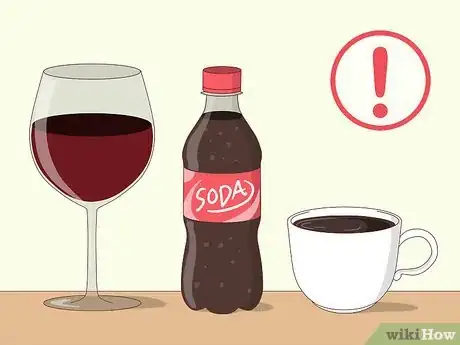
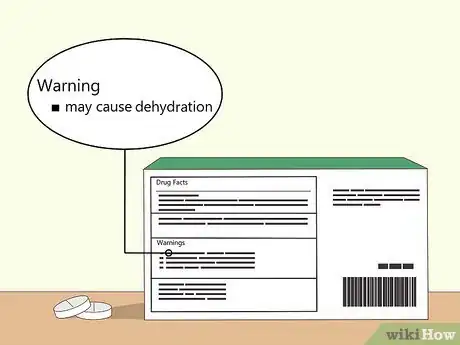
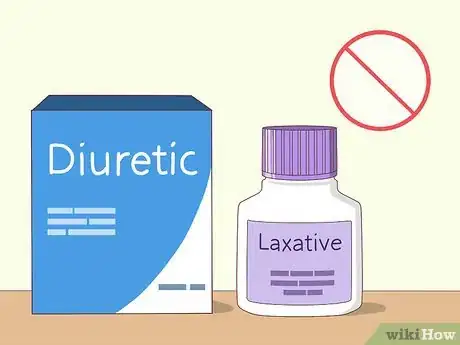
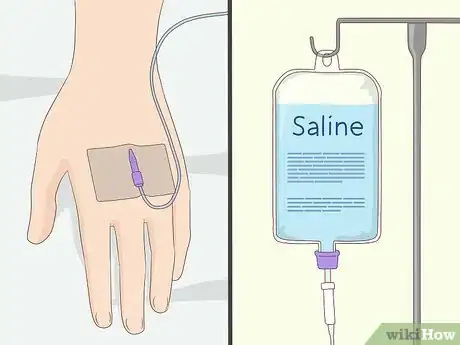
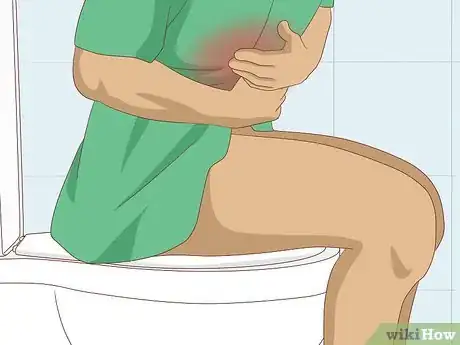
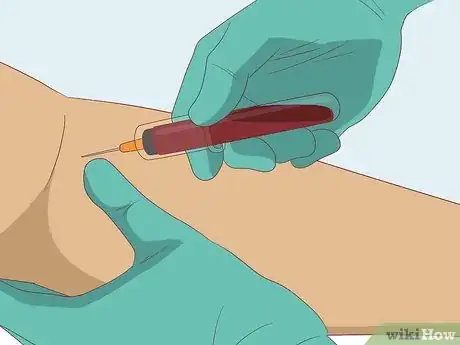
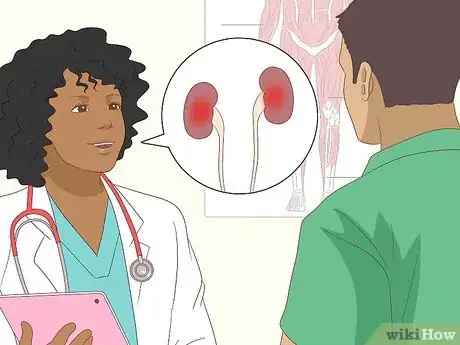

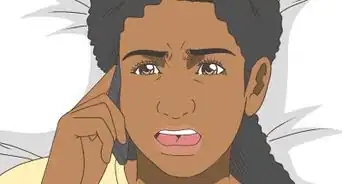




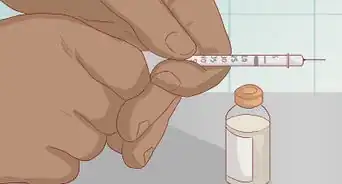

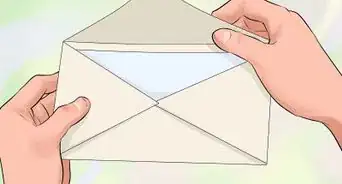

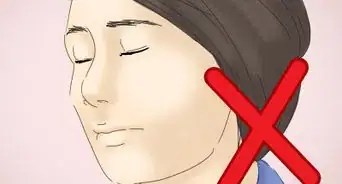








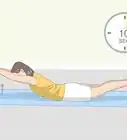
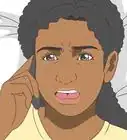





































Medical Disclaimer
The content of this article is not intended to be a substitute for professional medical advice, examination, diagnosis, or treatment. You should always contact your doctor or other qualified healthcare professional before starting, changing, or stopping any kind of health treatment.
Read More...